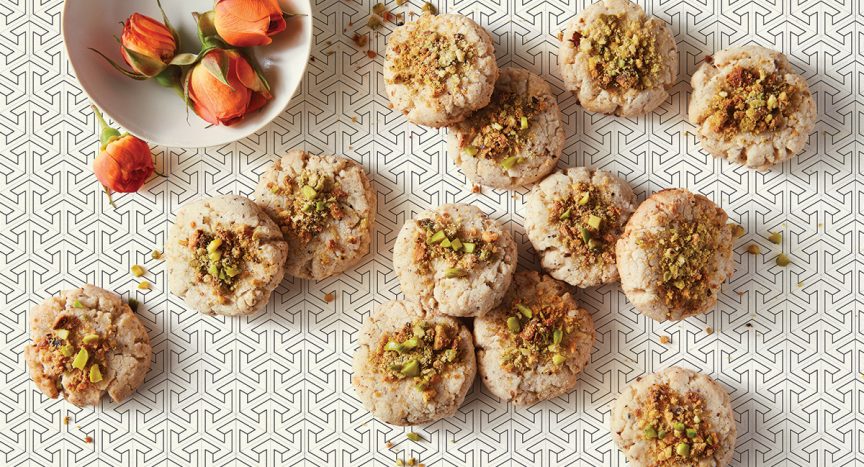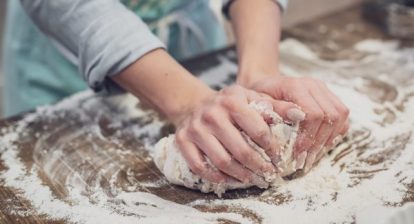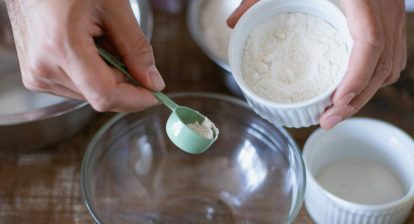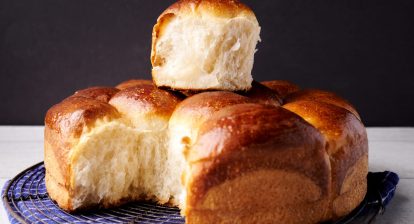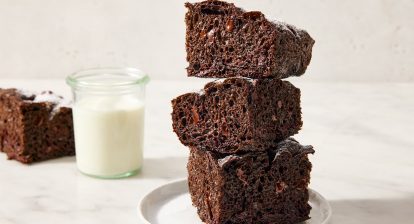Editor's note: This article by journalist and historian Ramin Ganeshram was originally published in the Spring 2018 edition of Sift magazineand with Nowruz (Persian New Year) approaching, we are sharing it once again here on our blog.
* * *
Being the child of a mixed-race family, I was often outside my parents' cultural traditions. My father was from Trinidad and did not speak Farsi, the language of my Iranian mother. His holidays and traditions revolved around his hybridized colonial Indian, African and English culture; while my mother's were a unique blend of ancient Persian and Islamic traditions.
I was not immersed in either culture. My parents' local traditions were more like old familiar friends that we met from time to time. In my mind I could only imagine my mother's homeland, Iran. What I knew about it came from American pop culture: Persian cats, Persian rugs. My concept of my father's island culture came from our black velvet scroll map of Trinidad, its points of interest outlined in neon-colored puffy ink.
Meanwhile, food was the reliable bridge across the great divide of my many identities.
Our daily meals consisted of foods born from my parents' background, served with fusion flavors. Trinidadian curry shared table space with superior Persian rice, while Persian stews (koreshte) were enjoyed alongside roti, the traditional Trinidadian grilled bread.
As it is for many immigrants, holiday recipes served as an essential way to maintain ties to old traditions, especially the unusual sweets that only appear during Nowruz – the Persian New Year. Nowruz is an ecumenical holiday of great importance to all Iranians, comparable to the American Thanksgiving or Christmas.
Nowruz translates to “New Day” and begins at the vernal equinox, symbolizing the earth's rebirth after winter. The original religion of the Persian empire is Zoroastrianism, in which the deity is represented by fire, and the earth's equinoxes and solstices are the basis of the great festivals. Although Zoroastrianism is rarely practiced in modern times, Nowruz remains one of the most important national holidays.
During the festive season, bakeries in Iran put staff to work around the clock making delicate cakes infused with cardamom, saffron and rose water. Each has a unique texture, and many are gluten-free because they rely on their abundant locally sourced nuts, legumes, and flours.
In the early 1980s in the United States, there were few Iranians and even fewer stores catering to our tastes. Sometimes Arab bakeries and grocers offered packages of factory-made Nowruz sweets imported from Iran, such as nan-e gerdui, made from ground walnuts (pictured at the top of this post), reminiscent of Russian tea cakes or cardamom-scented Mexican wedding cookies. Sometimes you can find zoolbia, a crispy fry, lace coated with saffron and rose-flavored sugar syrup. We enjoyed sampling tar halva, a paste-like pudding with a wonderfully unique consistency made from rice flour, saffron, rose water and sugar.
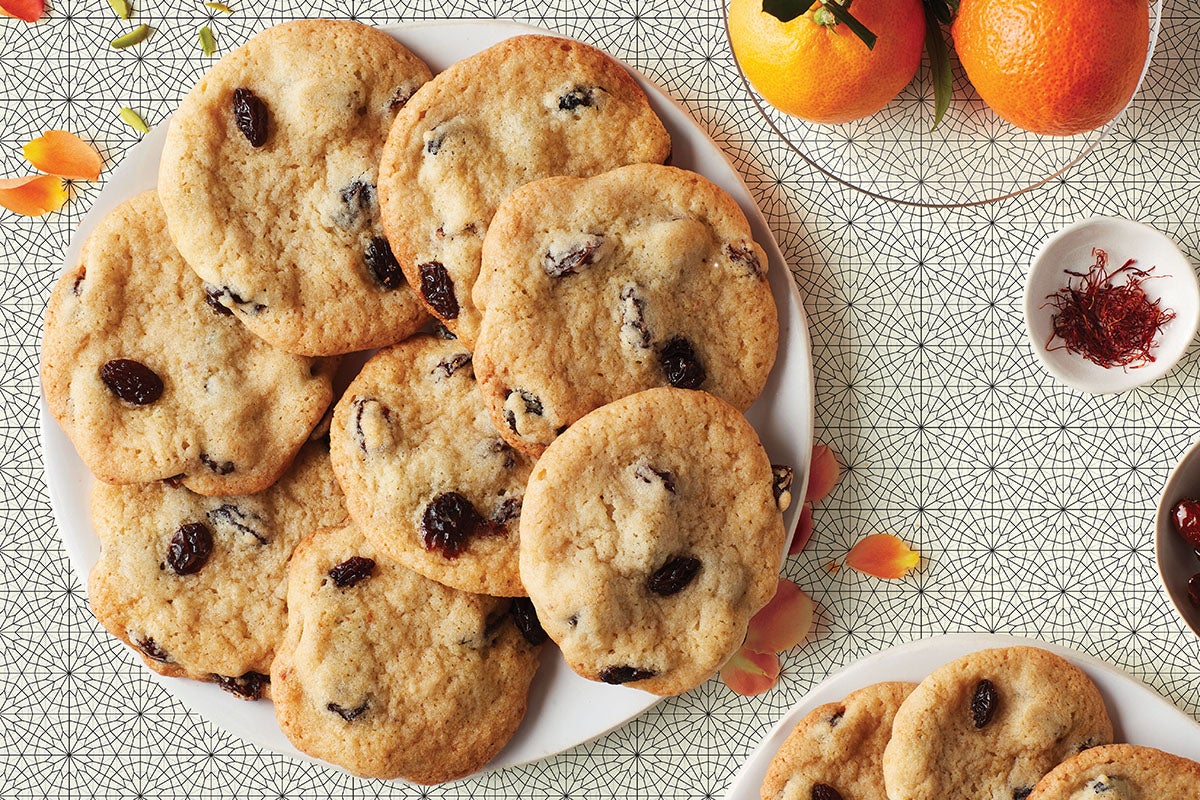
Enjoyed profusely with spiced black tea during the 13-day holiday, these sweets serve an important role as the centerpiece of the first sofreh-haft (Table of Seven S's). Families gather in front of it at the exact moment of the equinox to see in the New Year. Every item on the table is imbued with meaning—magical and mundane—and each begins with the letter “s.”
Objects vary by family, but there are always sprouting greens to symbolize rebirth, and a goldfish in a bowl to represent life within life. The total number must be seven, or “haft” (a mystical number for Zoroastrians). In ancient times, the Persians welcomed Nowruz by growing seven kinds of seeds on top of seven pillars and laying a table with branches or vines bearing seven kinds of fruits, vegetables or grains.
The Shirini (sweets) of Nowruz represent the desire for sweetness in the coming year. Today, there are vibrant Iranian communities around the United States, and Nowruz Shirin is not as hard to find as it once was. But nothing compares to making these unique desserts at home and enjoying them warm from the oven. You can smell the same aromas as from a bakery in Tehran, where rose water and cardamom perfume the street, promising a sweet new year ahead.
Happy Nevruz! Grab the holiday flavors and ring in a new year with it Nan-e Keshmeshi (Cookies with raisins) AND Persian walnut cookies (Nan-e Gerdui).
Cover photo by Mark Weinberg

